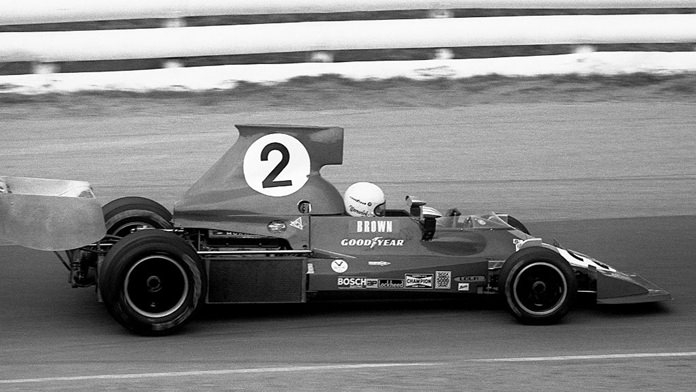
In a motor racing career which began in 1965, and is still going (just), I have had the opportunity to drive some of the fastest cars, both road and race. And some not so fast also!
The slowest race car I ever had was a stock standard Isuzu Gemini (sold in Australia as a Holden Gemini, and in Thailand badged as an Opel or Isuzu, I believe). This car would get breathless at 160 kph, but when raced against a complete field of 30 other breathless Gemini’s was in its own way, quite a buzz. Imagine racing down the straight and knocking the rear vision mirrors out of alignment on the Gemini next to you, as you went through the kink at the end of the straight, at 160 kph. Or traveling so close to the tail of the car in front, while going down the straight that you could bang open his boot lid! And put a small dent on the front of the bonnet of your own car.
I also raced many other cars, but the ones that stay most in the memory were those that always wanted to travel sideways, at a great rate of speed, and much faster than 160 kph. One of these memorable motor cars was a yellow Porsche Carrera.
This car did not belong to me, but was owned by the president of the Porsche Club in Queensland, Australia. As I had raced his previous Carrera with some success, he asked me to drive this new one as well. For various reasons (and there’s always lots of reasons, or excuses, in motor sport) the car was not finished until Qualifying was almost finished. I had no chance to try it previously. The first time it turned a wheel in anger was for a position on the grid, and there was less than 10 minutes left in which to qualify.
On the first lap, it felt a little “nervous” and twitchy, but time was running out. On the first full bore run down the straight, on the second lap, it clocked over 210 kph as I entered the braking area. The first quick firm stab on the middle pedal brought about an instant sideways movement, followed by another sideways moment in the other direction. I was driving a pendulum! I was hauling on the steering wheel from lock to lock, trying to catch the swinging rear end of the Porsche, while still trying to get the speed down. Fortunately I had it under control before running out of road, and returned to the pits, muttering dire threats and suggesting the mechanic’s parents were not married!
Wheel alignment measurement at the garage that evening revealed that the rear suspension was going into a “toe-out” situation as the nose dipped under braking, raising the rear. Possibly the most unstable situation you can ever produce in a rear engined Porsche – and at 200 kph going sideways in a Porsche is certainly exciting!
But if you think that is exciting, try 300 kph! One of the other race cars I have driven was a Team VDS Lola T 430. One of the fearsome Formula 5000, five liter rear engined V8 single seater race cars. These were the F1 cars of around 25 years ago, and 300 kph was easily attainable down the straight. The owner of this vehicle described driving it as trying to throw a 2 kg hammer – but handle first. All the weight was in the tail.
This was another race car that wanted to see how quick your reactions were at 300 kph, as you could not let the tail move out of line too far, or otherwise it would change ends so fast you didn’t even have time to say “Oh sh*t!”
With cars like those, there is no time to relax at any stage during the lap, as you are constantly aware of the fact that there is an inherent instability. If you don’t remember, you crash!
Tyre compounds and suspension design have improved since those days, but are two of the reasons that F1 is not as exciting to watch as it used to be – or for that matter as exciting to drive as they used to be.
 |
 |





